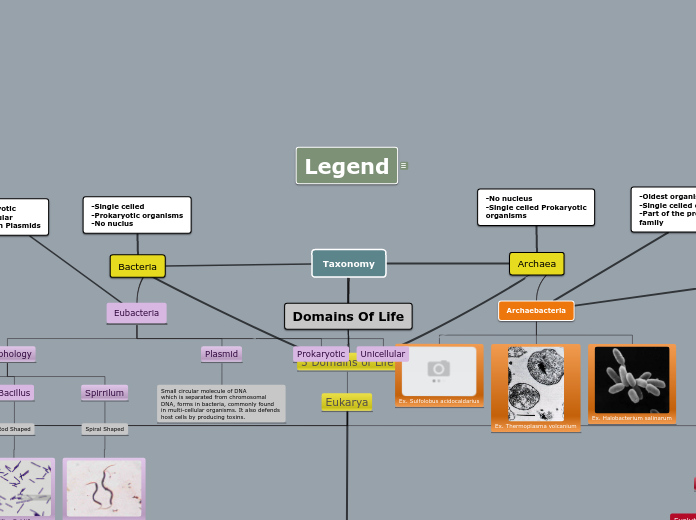Taxonomy
Domains Of Life
3 Domains of Life
Eukarya
Protista
Animal-Like
Sarcodines
-Move alongside protoplasm
-Protoplasm leads and the rest of
the body then slides with it.

Ex. Amoeba Proteus
Zooflagellates
-Have flagella which propels
the organism utilizing a whipping
technique.

Ex. Giardia lamblia
Ciliates
-Tiny hair like material propel it
-Move with cilia (hairs)

Ex. Tintinnopsis campanula
Sporozoans
Do not have a movement method
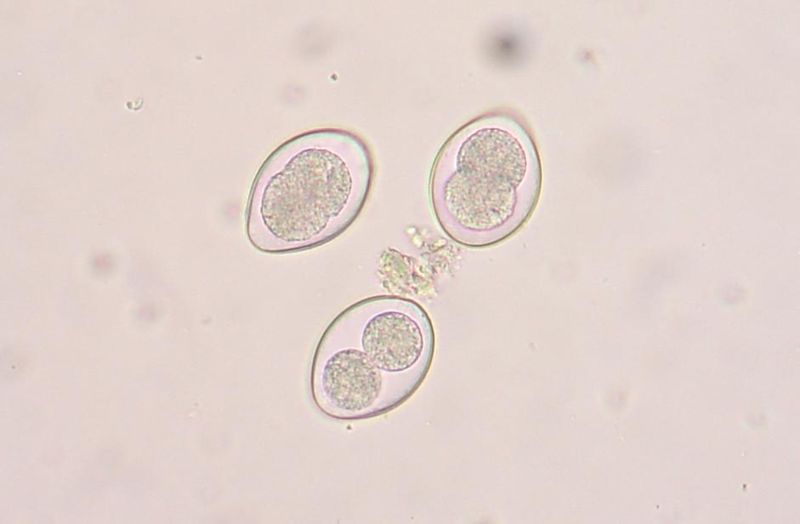
Ex. Coccidia oocysts
Plant-Like
Phaeophyta

Ex. Dictyota dichotoma
Chrysophyta
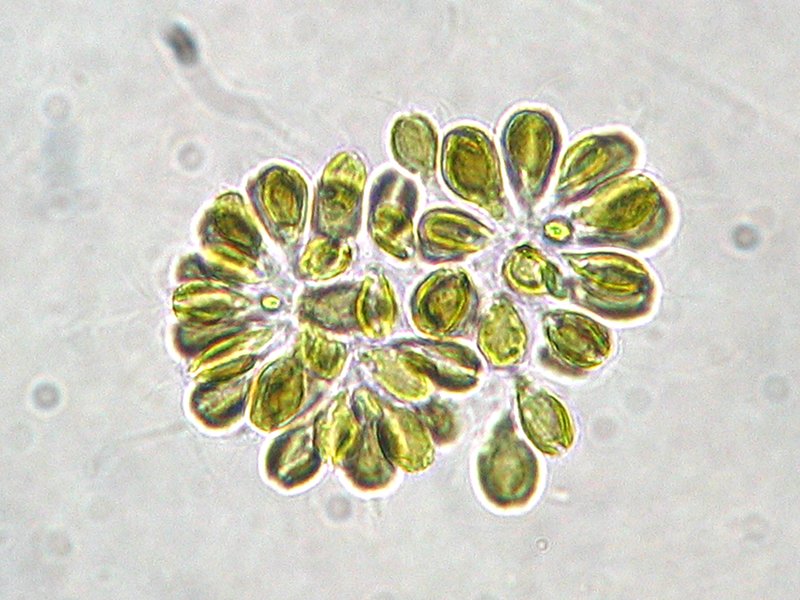
Ex. Synura uvella
Rhodophyta

Ex. Gelidiella calcicola
Euglenophyta

Ex. Euglena gracilis
Chlorophyta

Ex. Eudorina elegans
Pyrrophyta

Ex. Cystodinium cornifax
Fungi-Like
myxomycota
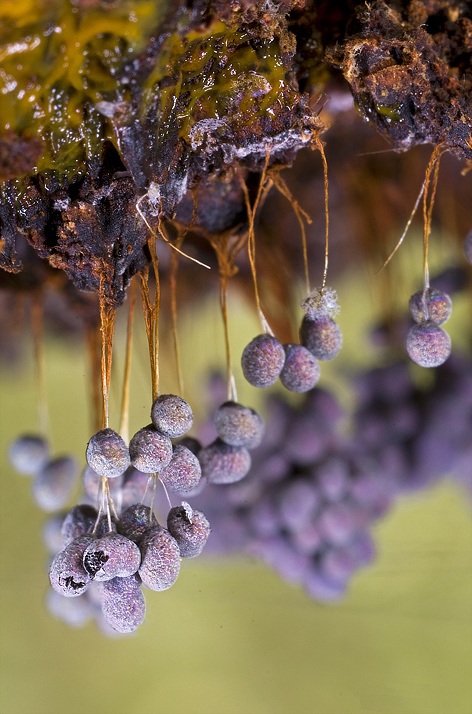
Ex. Badhamia utricularis
Dictyostelida
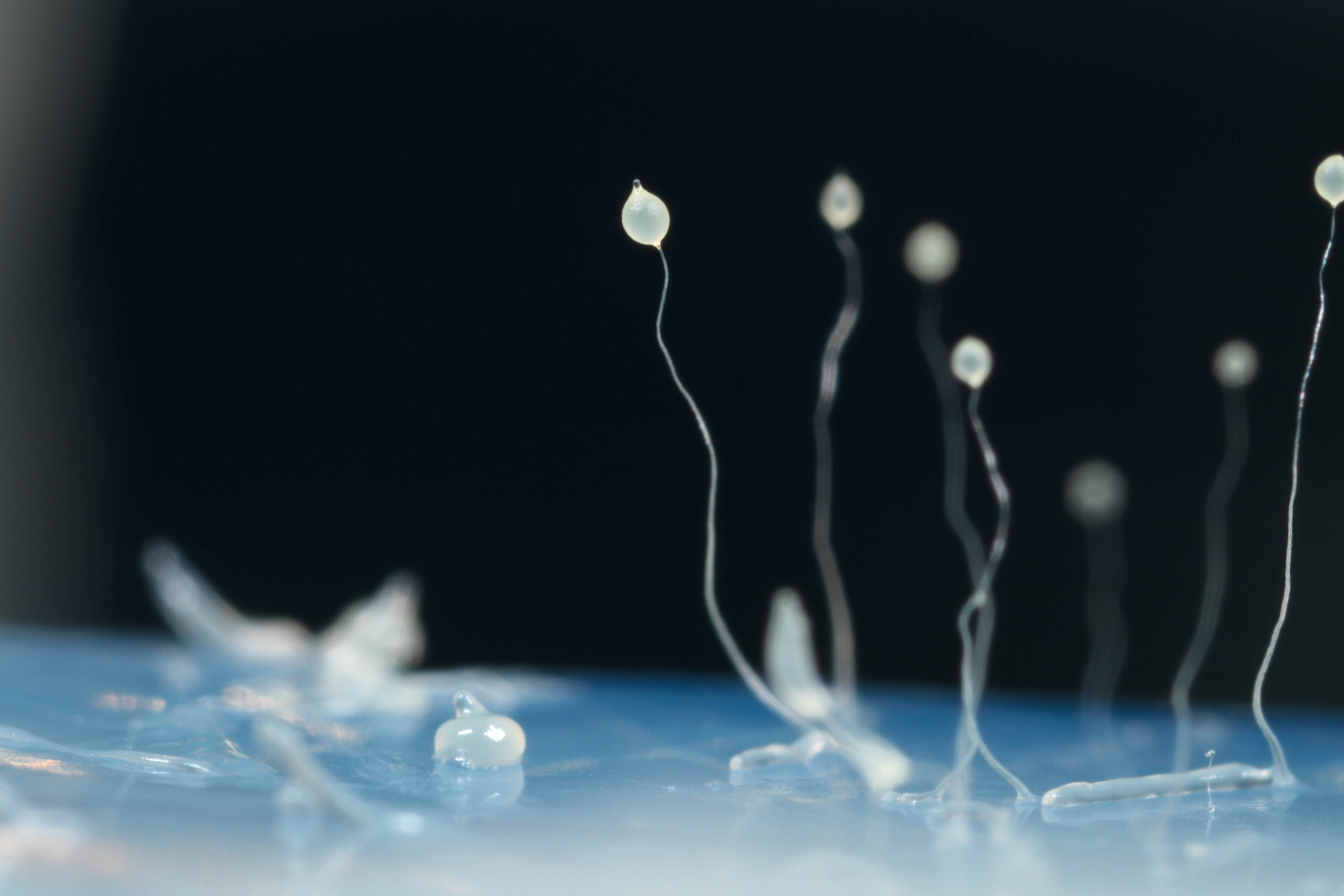
Ex. Dictyostelium discoideum
Oomycota

Ex. Albugo candida
Chytridiomycota

Ex. Sarcoscypha coccinea
Plantae
Gymnosperms
Adaptation
-Vascular tissues for transportation of nutrients
-Root used to obtain nutrients from underground
which is then distributed via the xylem and phloem
-No fruits in this plant, although the seeds are contained elsewhere in the plant.
Ex. Cycas rumphii
Angiosperms
Adaptation
-Sturdy stem allowing for them to face towards
the sun
-Produces flowers
-Contains a root, and a shoot
-Shoot system allows for minerals and nutrients to be
transported through the plant
-Stomata formed for exchange of gasses in and out of the plant.
-Root system allows them to firmly be stable in the ground
and absorbing nutrients from the minerals.

Hellianthus annuus
Seedless Vascular
Adaptation
- Contains vascular tissues which transport
nutrients from the root upwards
- Reproduce through uni-cellular haploid spores,
spores are lightweight, allowing them to disperse
in the wind.
- Xylem for transporting water upwards from root
- Phloem for transporting sugars and nutrients from
the shoot.
-Evolved to form a stem for support and exposure to the sun
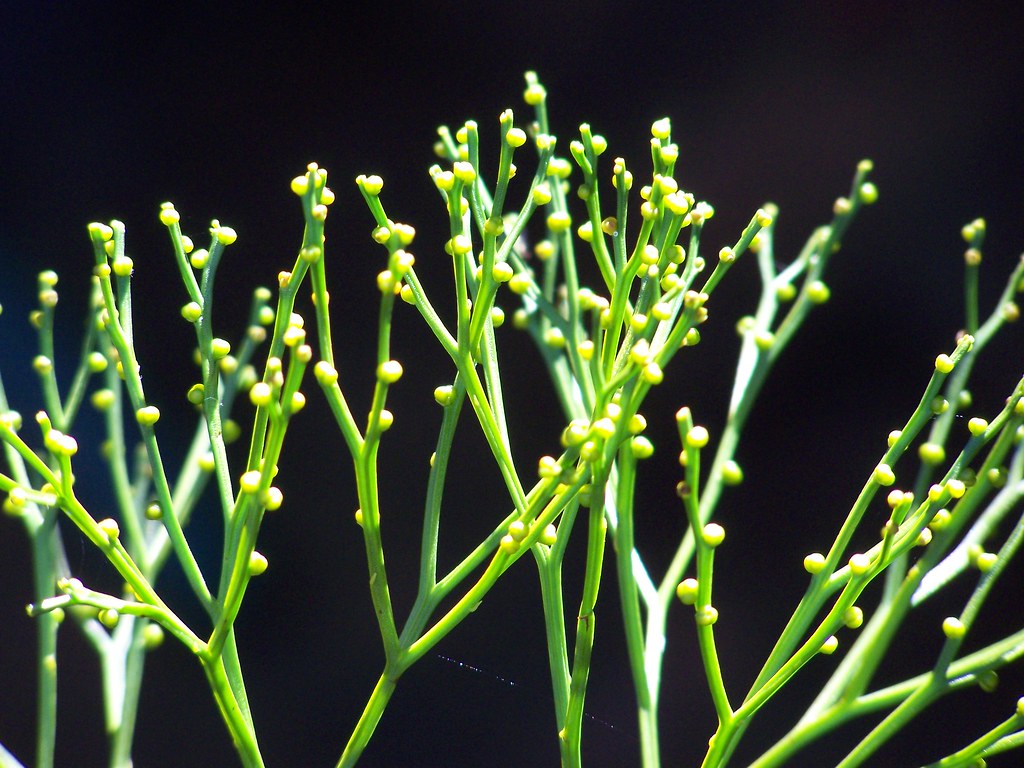
Ex. Psilotum
Bryophyta
Adaptation
- Over many years, Bryophytes obtained a waxy cuticle on the surfaces of their leaf which helped retain moisture and acted as a protective film for the plants gametes as well. Allowing them to live on land
-Non vascular
_9842.jpg)
Ex. Marchantia polymorpha
Fungi
- Multi or Uni cellular organisms that are not considered
plants since they do not photosynthesize due to not having any chloroplasts.
Eukaryotes: Contain membrane bound organelles and nucleus
Hetertrophs: Dependence on other organisms for nutrients.
Basidiomycota
Reproduction Method:
-Sexually reproduces through
fruiting club fungi

Ex. Basidiomycetes
Deuteromycota
-Imperfect Fungi
-Does not fit under other fungi
taxonomic classifications
Reproduction Method:
-Produce their own spores asexually.

Ex. Aspergillus niger
Zygomycota
-Process of asexual reproduction
-Only sexually reproduces when
the environment and conditions
are unfavorable.
Reproduction Method:
-Asexually reproduces with the use of spores.
-Sexually reproduces with a conjunction method
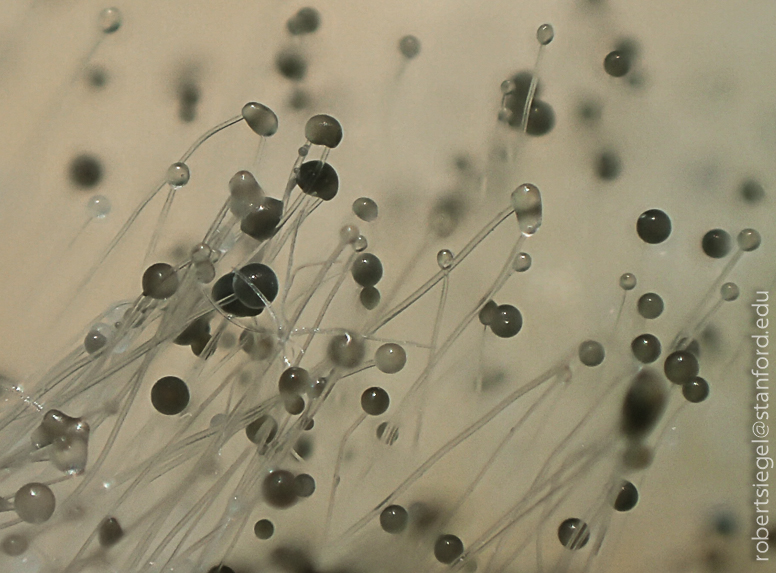
Ex. Mucorales
Ascomycota
-Most commonly known sac fungi
-Contains the most amount of fungi
species (around 70,000)
Reproduction Method:
-Asexually reproduce through a process of
budding/fission.
-Essentially means it splits DNA in two and replicates
itself to the best of its ability.

Ex. Peziza vesiculosa
Animalia
Chordata
Evolutionary Milestone
-Has very complex organ systems
-Developed a backbone through time
Tunicates
Cephalocordates
Vertebrae
Agnathans
Gnathostomata
Amphibia
- Suitable for living on aquatic, and land
environments.
- Due to having both gills and lungs
-Has bilateral symmetry

Ex. Ambystoma tigrinum
Reptilia
-Has lungs, never gills
-Hard bony exoskeleton
-Jaws hinges allowing for easier food consumption
-Some have the ability to camouflaudge
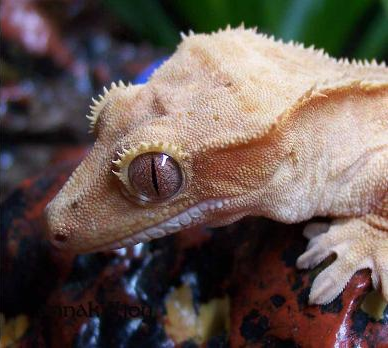
Ex. Diplodactylidae endemic
Chondrichthyes
Formed Noses/nostrils for sense of smell
Aquatic species with jaws
Hard exoskeleton/bones important in protecting
organs

Carcharodon carcharias
Osteichthyes
-Scales protecting body
-Protective flaps to protect gills
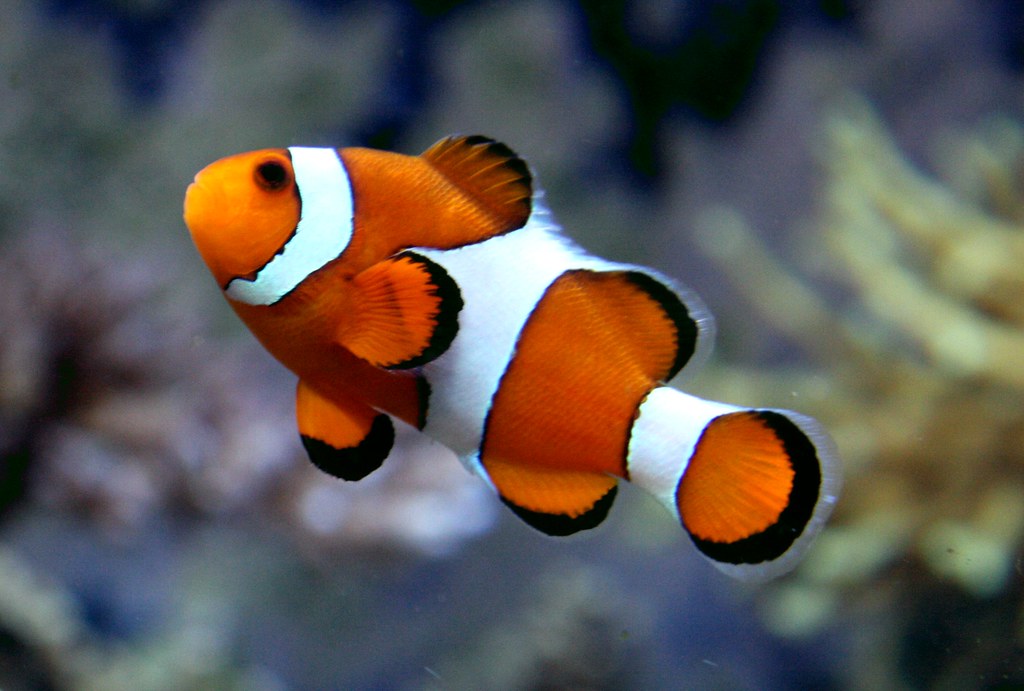
Ex. Ocellaris clownfish
Aves
-Ability to fly
-Bones are not very dense(hollow)
allowing for flight to be achieved
much easier.
-Possesses feathers rather than fur.
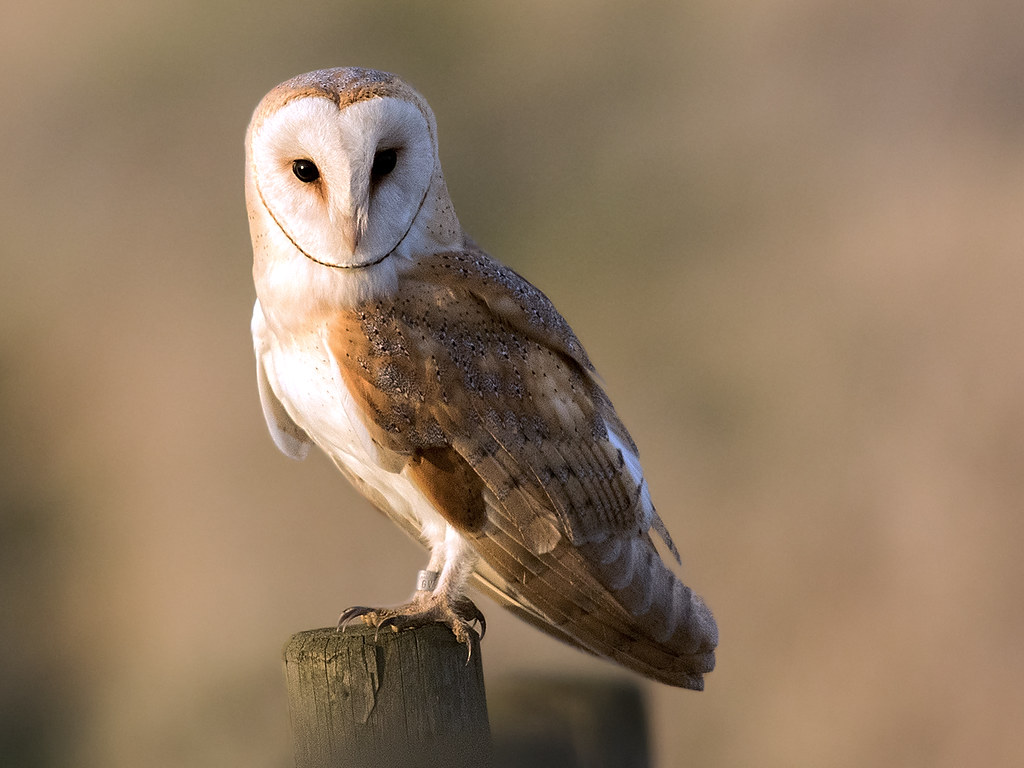
Ex. Tyto alba
Mammalia
- Fur or hair allows for protection from the environment.
- Fully functioning, complex organ and skeletal systems.
- Have bilateral symmetry
Monotremes
Reproductrion Strategy
-Laying eggs
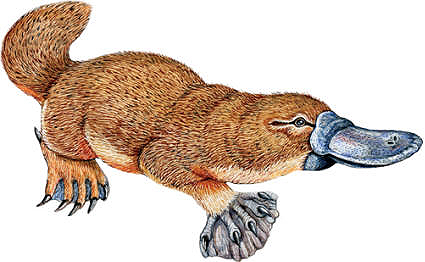
Ex. Ornithorhynchus anatinus
Marsupials
Reproduction Strategy
-Embryo develops outside of mothers body
inside of a pouch.
-Embryos are born immature.
Marsupial reproduction strategy is better than the
monotremes reproduction strategy due to the fact
that the monotremes strategy consists of laying an
egg, separate from the mother, and having to take
care of it meaning, preventing prey from catching it,
making sure the heat inside is regulated, and making
sure that the egg does not hatch prematurely.

Macropus antilopinus
Placental Mammals
Reproduction Strategy
-Offspring purely develops inside the mothers
body inside of their placenta
-The reproduction strategy of Placental Mammals
are superior to Marsupials mainly because the chance
of the offspring's survival is much higher since it is
enclosed inside of the mothers body which means
they have a lower chance of dying.
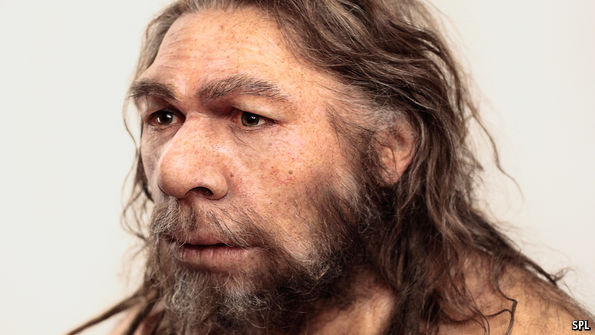
Ex. Homo sapiens
Porifera
Evolutionary Milestone
-Simplest living organism known
- Multi-cellular organisms
- 1st animal (fit all characteristics
of a living organism)
- Developed cells with flagella
- Developed stomachs

Ex. Calcareous sponge
Echinodermata
Evolutionary Milestone
-Radial symmetry
-Do not have heads
-Nerves that reach out from
mouth to each body part
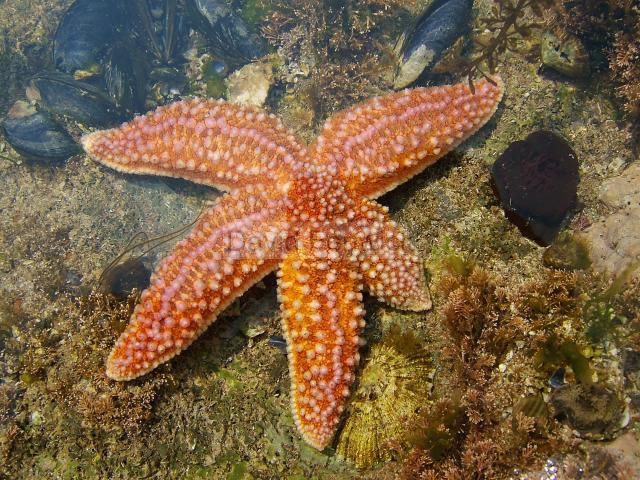
Ex. Asterias rubens
Annelida
Evolutionary Milestone
-Bilateral symmetry
-Contains muscles wrapped around
body allowing for movement
-Tiny bristles(hairs) around body for grip

Ex. Lumbricus terrestris
Cnidaria
Evolutionary Milestone
-Obtained fully functioning nervous system
-Fully functioning visionary senses (eyes)

Ex. Chironex fleckeri
Nematoda
Evolutionary Milestone
- Developed an advanced nervous system
- Opening for nutrient intake.
-Opening for excreting nutrients

Ex.Ancylostoma duodenale
Platyhelminthes
Evolutionary Milestone
-Developed segmetation
- Multiple body sections and joints
-Important for motion in all environments
Ex. Orchipedum tracheicola
Mollusca
Evolutionary Milestone
- Grown feet for movement.
-Has a mantle
-Feet for locomotion, burrowing
(or tentacles for catching prey)
-Complex digestive, and circulatory
system.

Ex. Cornu aspersum
Arthropoda
Evolutionary Milestone
-Joint appendages
-Exo skeleton formed from chitin
-Complex systems and lungs for
life on land
Myriapoda
Chilopoda

Ex. Scolopendra gigantea
Diplopoda
Ex. Narceus americanus
Pauropoda
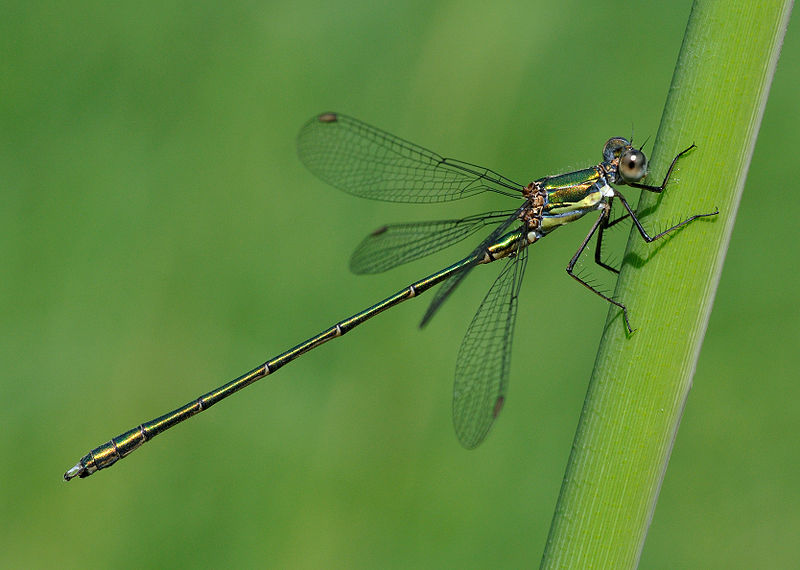
Ex. Lestes amicus
Symphyla

Ex. Scutigerella immaculata
Crustacea
Malacostra
.jpg)
Ex. Cancer pagurus
Maxillopoda

Ex. Chthamalus stellatus (Barnacle)
Branchilopoda

Ex. Artemia salina (shrimp)
Ostracoda
Ex. Macroscapha falcis
Chelicerates
Arachnida

Ex. Loxosceles reclusa
Merostromata

Ex. Limulus polyphemus
Pycnogonida

Ex. Achelia transfugoides
Hexapoda
Insecta

Ex.Tabanus sulcifrons
Entognatha

Ex. Orchesella cincta
Archaea
Archaebacteria

Ex. Sulfolobus acidocaldarius

Ex. Thermoplasma volcanium
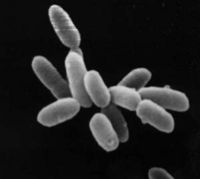
Ex. Halobacterium salinarum
Bacteria
Eubacteria
Morphology
Coccus
Round Shaped

Streptococci
Bacillus
Rod Shaped

Bacillus Subtillus
Spirrilum
Spiral Shaped

Rhodospirrilum
Plasmid
Small circular molecule of DNA
which is separated from chromosomal
DNA, forms in bacteria, commonly found
in multi-cellular organisms. It also defends
host cells by producing toxins.
Prokaryotic
Unicellular
